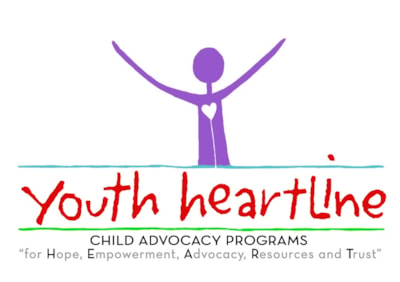Youth Heartline
Grants Awarded
Youth Heartline’s Branches Hiking Program aims to enhance the personal and social development of youth aged 9-13 through four hiking trips and an overnight camping experience in Carson National Forest. Participants will gain environmental awareness and stewardship skills while also developing coping strategies, building friendships, and fostering confidence and resilience, ultimately benefiting both the individuals involved and the local community.
Founded in 1991, Youth Heartline’s mission is to increase positive long-term outcomes and access to services by reducing risk factors and barriers for underserved families and children. We offer nine programs focused on child advocacy and family support including: outreach, training, family and housing navigation, socio-emotional learning, and psycho-educational and outdoor activities. Our service area is the Eighth Judicial District of New Mexico which comprises Colfax, Taos, and Union Counties – an area the size of Massachusetts with a population of 50,000 and communities designated as: rural and frontier, high intensity drug trafficking, majority minority (Hispanic/Latinx/Native), and highly impoverished. We are the only local non-profit to maintain a partnership with the Taos Pueblo, the oldest continuously inhabited community in the US, through which we provide case management and family enrichment activities to Native victims of crime and others who identify as Native American. Currently, Youth Heartline operates offices in Raton and Taos, employs 13 staff and 11 educational contractors, supervises 15 CASA volunteers, and is supported by seven board members representative of all three counties in our service area. The primary work of YHL is to provide advocacy, education, and support to children experiencing abuse, neglect, and trauma and their families. In our service area, this work is intertwined with historical and intergenerational trauma, substance use disorder, harm reduction, housing insecurity, and poverty.
